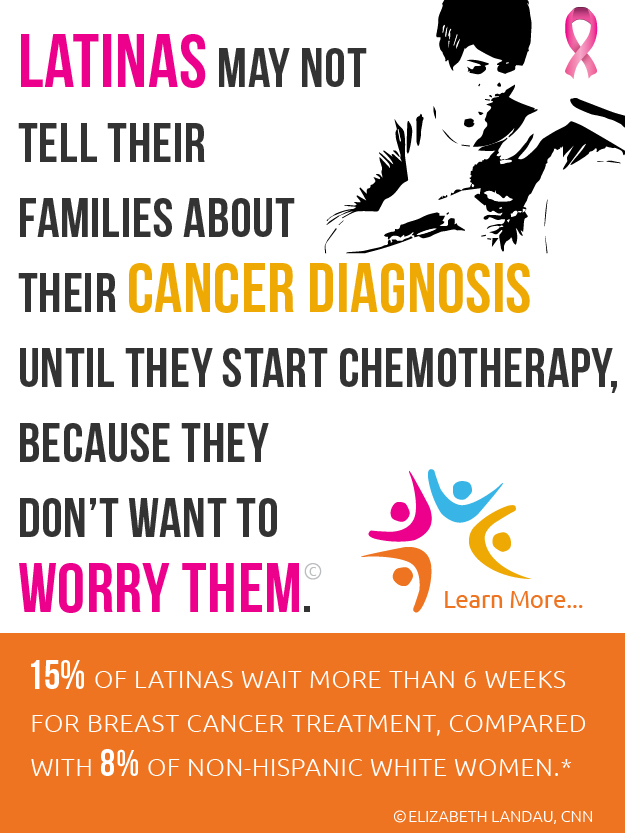
Nearly 1 In 7 Hispanic/Latino Adults Has Some Hearing Loss
09/17/2015 12:00PM | 7391 viewsIn the largest study to date of hearing loss among Hispanic/Latino adults in the United States, researchers have found that nearly 1 in 7 has hearing loss, a number similar to the general population prevalence.
The analysis also looked at the differences between subgroups and found that Hispanics of Puerto Rican descent have the highest rate of hearing loss, while Mexican-Americans have the lowest. The study identified several potential risk factors for hearing loss, including age, gender, education level, income, noise exposure, and diabetes.
The study, which was supported by the National Institutes of Health, was published online May 28 by JAMA Otolaryngology — Head and Neck Surgery.
“Hearing loss can affect a person’s overall quality of life, and has been linked to depression and dementia in older adults,” said James F. Battey, Jr., M.D., Ph.D., director of the NIH’s National Institute on Deafness and Other Communication Disorders (NIDCD), which partly supported the work. “This study paints a detailed picture of hearing loss among a large and diverse group of Hispanic/Latino participants, and could help inform the development of intervention strategies to meet the needs of this growing population in the United States.”
Approximately 15 percent of American adults ages 18 and older report some hearing loss, according to studies that have looked at the general population. The current study looked at data gathered as part of the larger, NIH-supported Hispanic Community Health Study/Study of Latinos (HCHS/SOL). The study comprises 16,415 Hispanic/Latino individuals, ages 18 to 74, in Bronx, New York; Chicago; Miami, and San Diego. The participants represent a wide range of backgrounds, including Central American, Cuban, Dominican, Mexican, Puerto Rican, and South American.
The HCHS/SOL, which was launched in 2006 by the NIH’s National Heart, Lung, and Blood Institute (NHLBI), was designed to understand cardiovascular disease prevalence and risk factors in the Hispanic/Latino population.
The participants’ hearing ability was determined by having them listen to tones at different pitches and averaging their hearing thresholds in each ear at four different pitches, ranging from low to high. A person was considered to have hearing loss if his or her average hearing threshold was louder than 25 decibels (about as loud as the sound of rustling leaves) in at least one ear.
The results showed that overall, 15.1 percent of Hispanic/Latino individuals had hearing loss in one ear, and roughly half of these, 8.2 percent, had hearing loss in both ears. Among different subgroups, prevalence of hearing loss was highest among people with a Puerto Rican background — more than 21 percent had hearing loss in one ear and more than 12 percent in both ears. The lowest rate of hearing loss was seen among Mexican-Americans, where about 11 percent had hearing loss in one ear and 6 percent in both ears.
“Understanding the prevalence of and risk factors associated with hearing loss in the community is critical to helping slow the progression of the condition and develop treatment options,” said Howard J. Hoffman, M.A., co-author of the study and director of epidemiology and statistics at the NIDCD.
The researchers conducted surveys in English and Spanish to identify risk factors that may be associated with hearing loss, including education, income level, noise exposure, cardiovascular disease, and smoking. Participants’ heights and weights were measured to assess body mass index (BMI), and diabetes was measured using fasting plasma glucose tests.
Contrary to prior research conducted in the general population, smoking, obesity, history of cardiovascular disease, and stroke were not significantly associated with an increased likelihood of hearing loss. Thus, there may be other factors, such as social, environmental, cultural, or ethnic differences that could impact the relative contributions of these risk factors in different populations. The study authors noted that additional research is needed to determine if there are social, environmental, or genetic variables that could account for these differences.
Other findings of the study echoed what has been observed in research in the general population:
Age: Those ages 45–64 years were five times more likely to have hearing loss than the 18- to 44-year-olds. The effect was even more pronounced for those ages 65-74 years, who were 18.5 times more likely to have hearing loss than the younger adults in the 18-44 group.
Gender: Men were 66 percent more likely than women to have hearing loss.
Noise exposure: People exposed to loud noises were roughly 30 percent more likely to have hearing loss.
Educational and income levels: People who had completed a high school level education were 30 percent less likely to have hearing loss compared to those who had not, and people earning more than $75,000 were 42 percent less likely to be affected by hearing loss than people who earned less than $10,000.
Diabetes and pre-diabetes: People with diabetes and pre-diabetes had increased odds of hearing loss—57 and 37 percent, respectively.
“Now that we’ve identified some potential risk factors in Hispanics/Latinos, we need to follow up with long-term studies that determine if these modifiable factors predict the development of hearing impairment,” said Karen J. Cruickshanks, Ph.D., lead author of the study and professor of population health sciences at the University of Wisconsin, Madison.
The NIDCD provides a range of information on hearing and hearing loss in English and in Spanish.











Post your Comment
Please login or sign up to comment
Comments